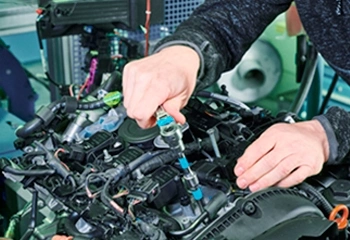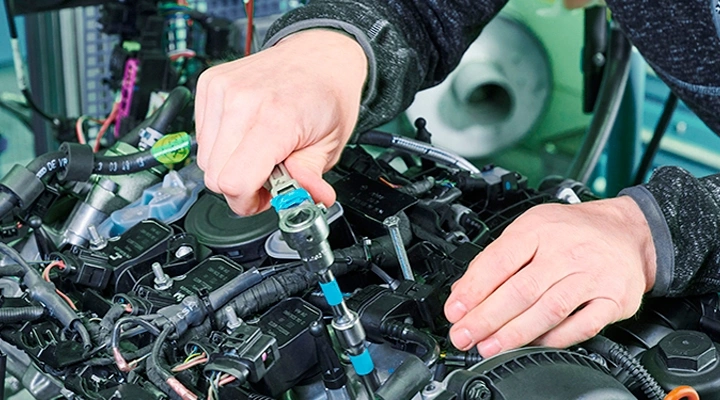 Precise Ignition for Petrol Engines
Precise Ignition for Petrol Engines
NGK spark plugs have been igniting since the 1930s. But sparks don’t just simply ignite. It takes a high amount of precision to create spark plugs that perform well and are extremely resistant in doing so.

One of the world’s leading automotive suppliers

> 1,600 part numbers available for European markets

90% coverage of vehicles in operation in Europe (source: TecDoc)

Extensive range for power sports and power tools
 Types of Spark Plugs
Types of Spark Plugs
 Resources
Resources
 01:40
01:40

Electrode wear of spark plugs and the difference between single spark and wasted (double) spark systems


Blog: Most common questions about spark plugs
Everything you need to know about the precious ignition part



